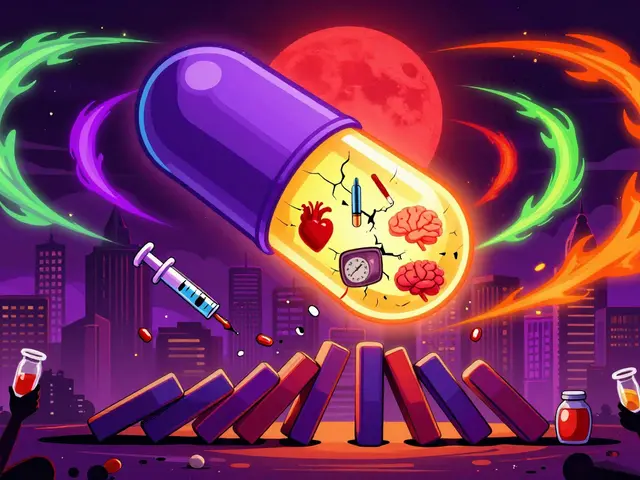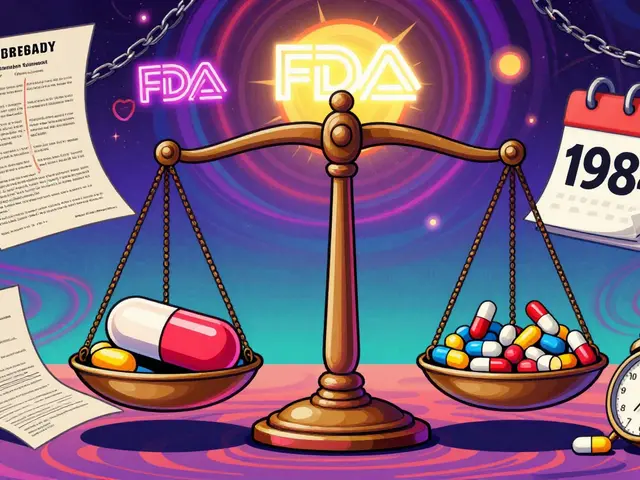Cycloserine: What to know before you take this TB medicine
If you're facing multi‑drug resistant tuberculosis (MDR‑TB), cycloserine may be on the table. It's a second‑line antibiotic that can work when first‑line drugs fail. But cycloserine carries unique risks, especially to the brain, so a few practical rules can keep treatment safer and more effective.
How cycloserine works and when it’s used
Cycloserine blocks a step in bacterial cell‑wall building. That makes it useful against strains of TB that resist usual drugs. Doctors usually reserve it for MDR‑TB or when other options aren't possible. You won't get it over the counter—it's prescription only and normally given as part of a combination regimen under specialist care.
Before starting, your clinician will review your medical history, current meds, and kidney function. Why kidneys? Because cycloserine is cleared by the kidneys and dose adjustments are often needed if renal function is reduced.
Side effects, safety tips, and monitoring
The main safety concern with cycloserine is neurotoxicity. People may develop mood changes, anxiety, confusion, hallucinations, or even seizures. If you notice new mood swings, suicidal thoughts, or unusual behavior, call your doctor right away. These symptoms can appear weeks into treatment, not just on day one.
To lower brain‑related side effects, clinicians commonly give pyridoxine (vitamin B6) alongside cycloserine. Take that vitamin as directed—it's a simple, effective step that helps many patients tolerate the drug better.
Avoid alcohol and recreational drugs while on cycloserine. Combining them increases the risk of seizures, severe mood changes, and confusion. Also tell your prescriber about any brain‑active medicines you take (anti‑seizure drugs, antidepressants, antipsychotics) because interactions and additive effects require close monitoring.
Watch your kidneys. Your team will check kidney function before and during treatment so dosing stays safe. If your kidneys slow down, your prescriber may lower the dose or space it out.
Other practical tips: keep a symptom diary (mood, sleep, headaches, tremors), bring any new or worsening mental health symptoms to your provider quickly, and never stop or change the dose without guidance. If you have a history of seizures or serious psychiatric illness, discuss alternatives—cycloserine may not be the best choice.
Finally, get your meds from a trusted source and follow follow‑up appointments closely. Treatment for MDR‑TB takes time and teamwork—your doctor, nurse, and pharmacist should be in sync about side effect checks and support. If something feels off, speak up early; catching problems fast makes the whole course safer and more likely to succeed.
Cycloserine and the risk of Clostridium difficile infection: What you need to know
As a blogger, I want to inform my readers about the potential risks associated with the use of Cycloserine and the possible development of Clostridium difficile infection. It's important to be aware that while Cycloserine is a helpful antibiotic for treating certain infections, it may also increase the chances of contracting C. difficile. This infection can cause severe diarrhea and colitis, leading to dangerous complications if left untreated. I encourage everyone to discuss potential side effects with their healthcare provider before starting any new medication. Stay informed and stay safe!





